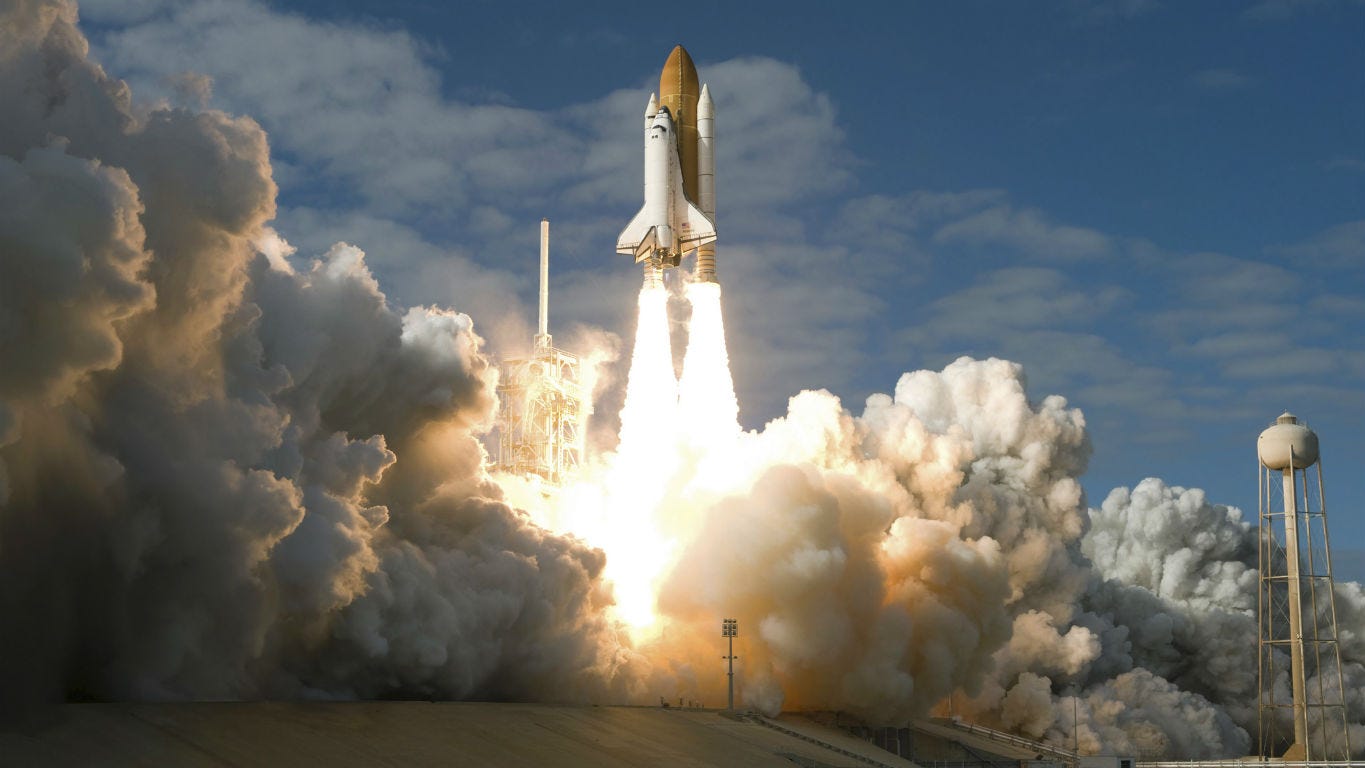Space exploration has led to the development of several technologies that have had a significant impact on our lives. From GPS systems and weather forecasting to CAT scans and MRI machines, NASA’s research into space technologies has brought about numerous advancements in various fields. Space technologies have also led to the development of fire-resistant materials, wireless headsets, artificial limbs and prostheses, water purification systems, memory foam, dustbuster space vacuum, and freeze-dried food. These inventions have improved our safety, comfort, and convenience while allowing us to conserve natural resources and provide safe drinking water in crisis situations. The possibilities of what further advancements can come from space exploration are limitless.
10 Space Technologies that Changed Our Lives
Space exploration is often seen as a luxury, a costly endeavor with little tangible benefits for everyday people. However, history has shown time and time again that our forays into space and the technologies developed as a result have brought about significant changes and advancements in various fields. Here are ten space technologies that have had a profound impact on our lives today.
1. Global Positioning System (GPS)
The GPS technology, which we now use in our smartphones, cars, and other devices, was first developed by the US military for location and tracking purposes during the Cold War era. The GPS network is made up of orbiting satellites that provide precise location and time information to receivers on Earth. This technology has revolutionized the way we navigate and travel, from finding the fastest route to a destination to guiding airline pilots and ship captains.
2. Weather Forecasting
NASA’s Earth Observation System (EOS) and other space missions have helped scientists study the Earth’s weather patterns and gather data on climate change. Satellites in orbit help us predict weather patterns with increased accuracy, leading to more reliable forecasts. This technology has saved countless lives and allowed us to prepare for natural disasters like hurricanes, tornadoes, and floods.
3. Fire-Resistant Materials
NASA developed several materials that are now used in many industries, including firefighting. The insulation used in manned spacecraft, for example, is resistant to both heat and cold. In addition, flame-retardant materials developed by NASA for use in space suits, gloves, and boots have been adapted for use in firefighters’ uniforms and other protective gear.
4. Wireless Headsets
Another innovation developed by NASA is the wireless headset technology. The agency needed a way for astronauts to communicate with each other while on spacewalks or performing other tasks outside the spacecraft. Engineers developed a wireless headset that would transmit voice and data without wires, making it possible for astronauts to communicate both with each other in space and with mission control on the ground. The same technology is now used in wireless phones, Bluetooth headsets, and other applications.
5. CAT Scans and MRI Machines
NASA developed imaging technology to study the surfaces of other planets, which led to the development of computed axial tomography (CAT) scans and magnetic resonance imaging (MRI) machines. These technologies are now commonly used to diagnose and treat a huge range of illnesses and injuries.
6. Artificial Limbs and Prostheses
NASA-funded research into robotics and biomechanics has led to significant advancements in the development of artificial limbs and prostheses. This has given amputees a better quality of life and greater opportunities to participate in everyday activities.
7. Water Purification
NASA has developed a range of water purification systems to recycle and conserve the limited resources available on space missions. Some of these developments, such as the Catalytic Activated Filtration System (CAFS), have been used on Earth to provide safe drinking water in both developing and in crisis situations.
8. Memory Foam
Memory foam, which is now used in mattresses, shoes, and even space helmets, was originally created by NASA to improve the safety and comfort of its spacecraft cushions. The foam material can absorb impact and distribute pressure evenly, making it a crucial component in astronaut helmets.
9. Dustbuster Space Vacuum
The Dustbuster, a small handheld vacuum cleaner, was adapted from technology NASA used in space. The agency needed a way to clean up the hazardous materials present in the cramped living quarters of spacecraft, leading to the development of the Dustbuster. This technology now allows people to clean small spaces effectively and efficiently.
10. Freeze-Dried Food
NASA was the first to successfully freeze-dry food in the 1960s, allowing astronauts to have access to tasty, nutritious food that had a long shelf life. Today, this technology is used in numerous industries, including the military, camping, and hiking.
In conclusion, the technologies listed above are just a few examples of how space exploration has influenced and improved our daily lives. Who knows what new inventions or advancements will come out of our continued exploration and study of the universe? The possibilities are limitless!
